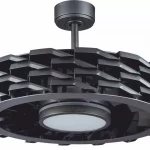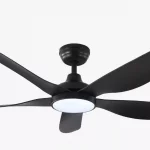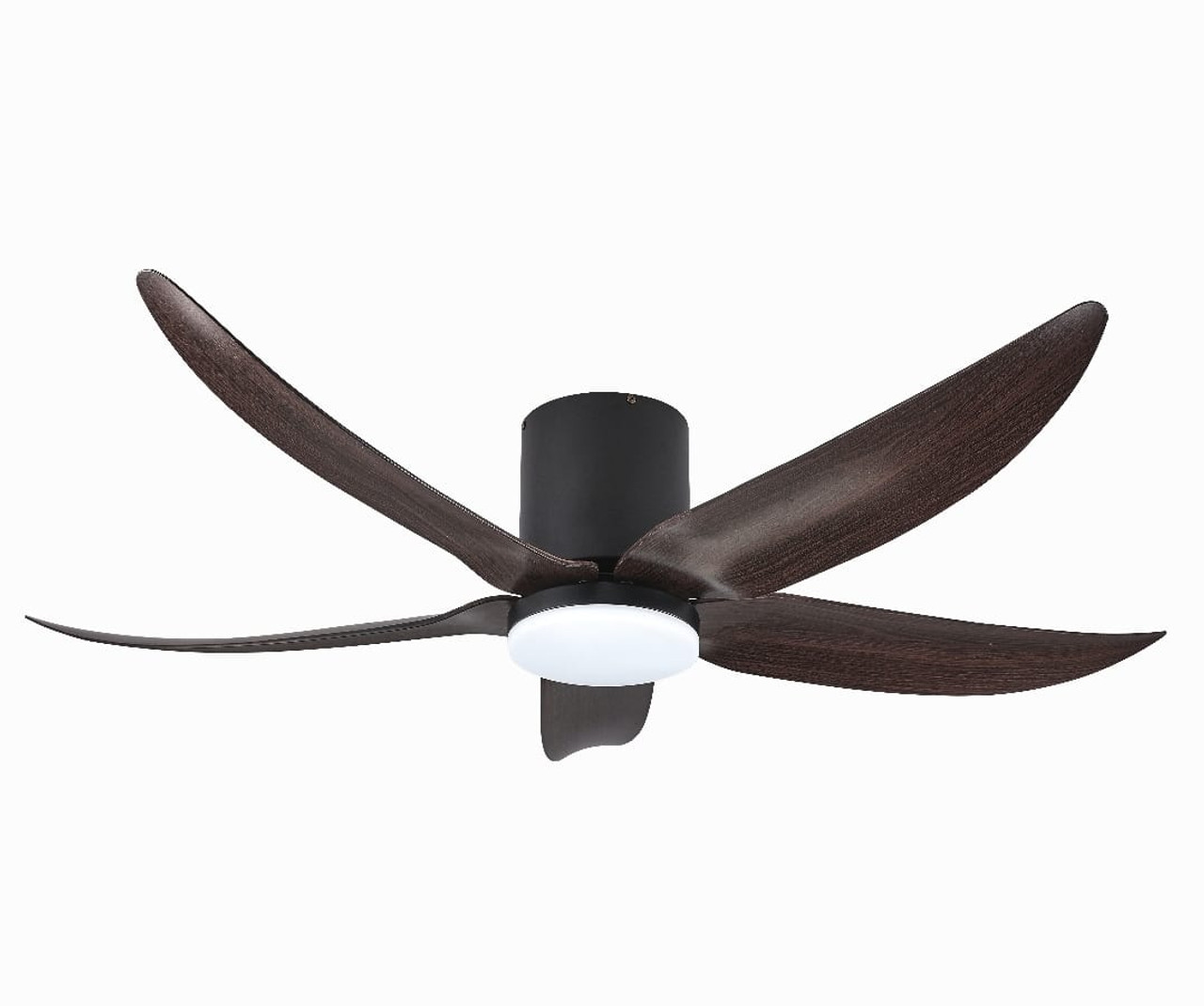Ceiling fans are commonly used in various settings, such as homes, offices, and public spaces, to provide efficient air circulation and comfort. However, the risk of a ceiling fan falling is a serious safety concern that demands immediate attention. In this article, we will explore the reasons behind a ceiling fan falling and provide assertive preventive measures to ensure the safety of occupants.
What is the reason behind a ceiling fan falling?
Improper installation:
Improper installation is one of the most significant reasons for a ceiling fan falling. It is essential to follow the manufacturer’s guidelines and ensure that mounting brackets, screws, and other hardware are securely fastened to prevent potential disasters.
Loose or faulty mounting hardware:
Loose or faulty mounting hardware can also cause a ceiling fan to fall, which is why it is crucial to regularly inspect and maintain the fan. The constant operation of the fan can loosen screws, bolts, or the mounting bracket, resulting in the fan detaching from the ceiling.

Inadequate support structure:
The inadequate support structure is another critical factor that can lead to a ceiling fan falling. Therefore, it is imperative to ensure that the ceiling and electrical box can support the weight of the fan to ensure its secure attachment.
Vibration issues:
Vibration issues can also lead to instability, often caused by imbalances in the fan blades or motor. To prevent this, it is crucial to inspect and maintain the fan regularly.
How to ensure safety when using ceiling fans?
Unlike conventional equipment, ceiling fans are hung on high ceilings, below is a space for many people to move around and live. Therefore, ensuring safety is extremely important, preventing bad cases from occurring.
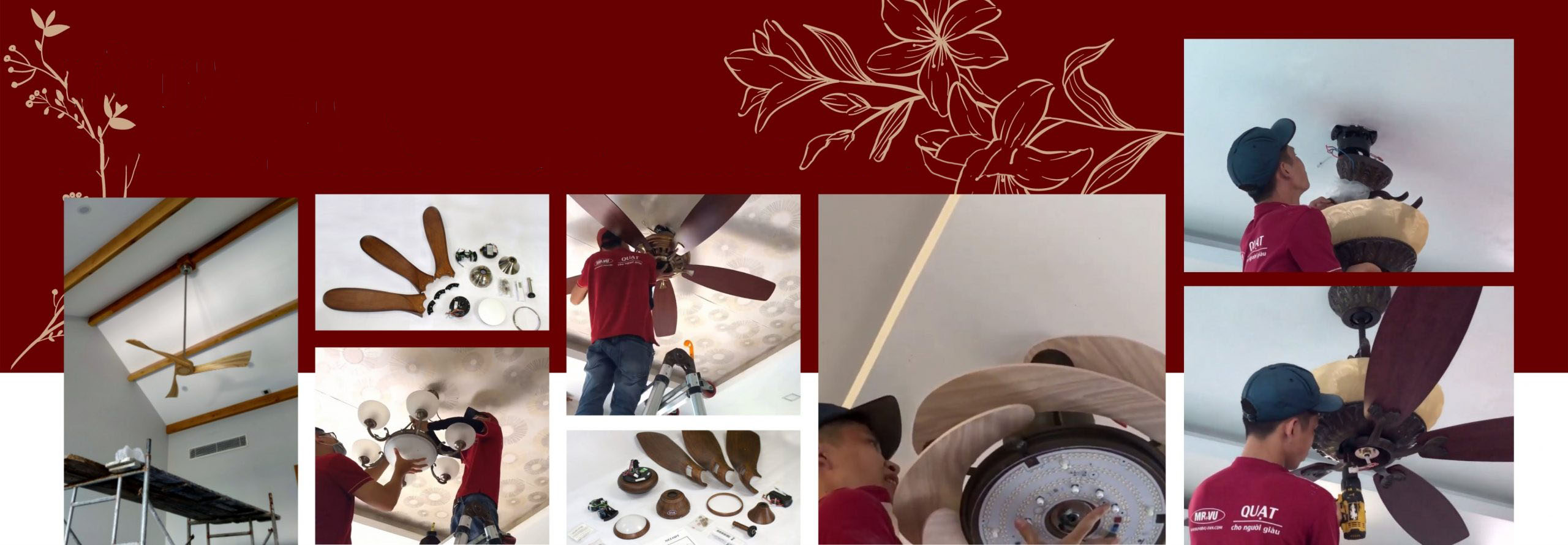
- To prevent fan falls, the product must be designed with lightweight materials, reduce weight, and not rust or wear out over time. Commonly used materials are treated wood, aluminum, etc. Second, the fan must use a new suspension mechanism, avoiding twisting or falling if shaken.
- In addition, the most important factor is a safe solution in case a risk occurs. Use a safety cable (helps prevent the fan from falling), safety blade lock (prevents the blade from falling), safety switch (prevents strong shaking and fan from falling), and overheat protection fuse (prevents burning out) fan explosion)…
- In particular, the most attention should be paid to the technique of hooking and hanging the fan, safety, and backup measures in case of an incident. It is better to choose fans that do not use hangers, but instead have sturdy flanges, anti-vibration, and come with safety cables to absolutely ensure the user.
Where to Find the Safest Ceiling Fans?
With the current trend, the demand for ceiling fans is very diverse. From low-ceilinged apartments to villas, high-ceilinged villas, or even plaster ceilings, ceiling fans can be installed. Regarding fans, there are regular cooling fans, chandelier fans, and decorative fans, with different weights and designs.
At that time, to ensure the highest safety, you need to choose reputable fan brands, with the most modern and sturdy installation techniques, absolutely limiting risks.
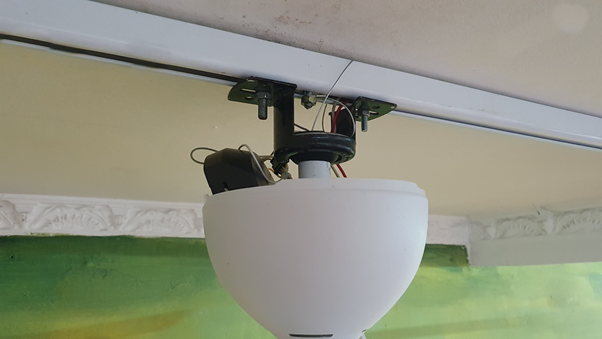
Mr.Vu Ceiling Fan is proud to be one of the leading ceiling fan brands, with a skilled design and safety installation team, all risks when using fans are Mr.Vu’s efforts to reduce to zero.
Among them, 100% of fans at Mr.Vu are made in Taiwan, with the most modern and sturdy technology. The fan is mounted with a flange to ensure safety, comes with spare cables, and can be installed in many different ceiling conditions. Modern fan motor runs smoothly and minimizes vibration, helping to prolong fan life and improve user safety.

